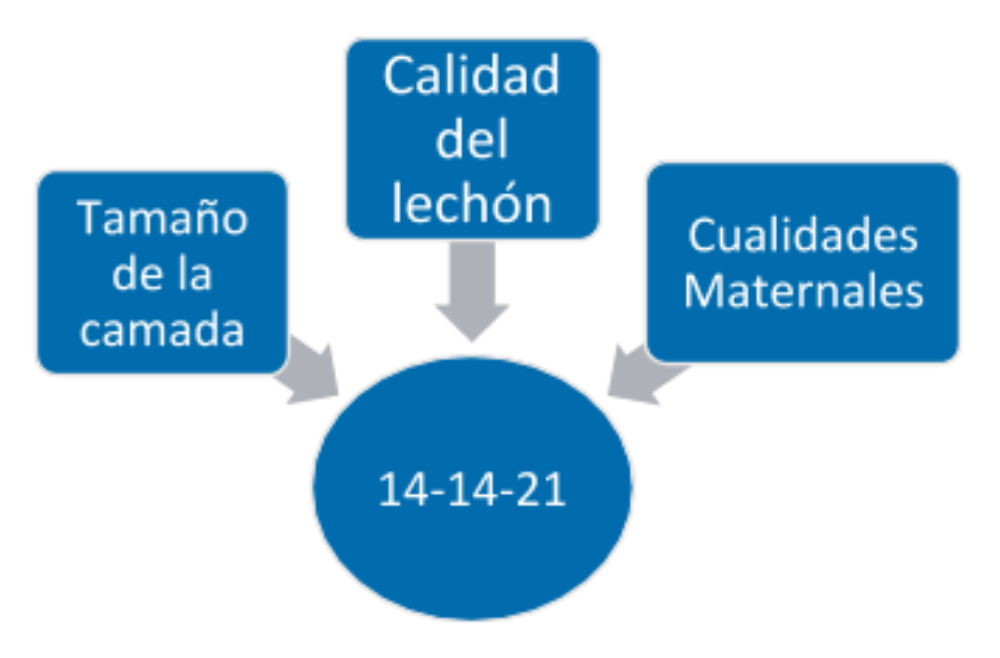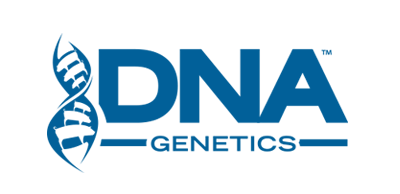

DNA incorporates two new traits in the calculation of the maternal line indexes. This allows us to continue our progress towards the goal of: 14:14:21.
Our 14:14:21 goal for the maternal lines
In 2014, we set a goal for our selection program to move toward producing F1 animals, DNA 241, able to wean 14 piglets “under the sow” with a weight of 14 lbs (6.3 kg) at 21 days of age. (14:14:21). Our goal is to make the sow self-sufficient, with minimum intervention in management. We have focused our selection objectives on three specific areas where we can make an impact through genetic improvement:
The new maternal line traits
Recently two new traits have been added to the index calculation:
- Number of functional teats: Increasing the number of functional teats (not just the total number of teats) will improve the rearing capacity of the female.
- Maternal traits: Identifies females capable of producing more or better quality milk and/or showing superior maternal behavior resulting in piglets with higher weaning weights.
Advantages in pig production
This will result in easier management and more efficient production. Here we list a few of the main advantages:
-
- Recover the 2.4 litters per sow per year, which has been slowly lost in the hyperprolific lines. This will mean getting the best profitabilityout of the facilities..
- Simplifying the management in the lactation period, will allow the piglets to have the cheapest and most effective milk: that of the dam.
- Reduce the risks from moving animalsby minimizing cross fostering. This point is important on farms with an unstable health status that are susceptible to periodic outbreaks of PRRS, for example.



